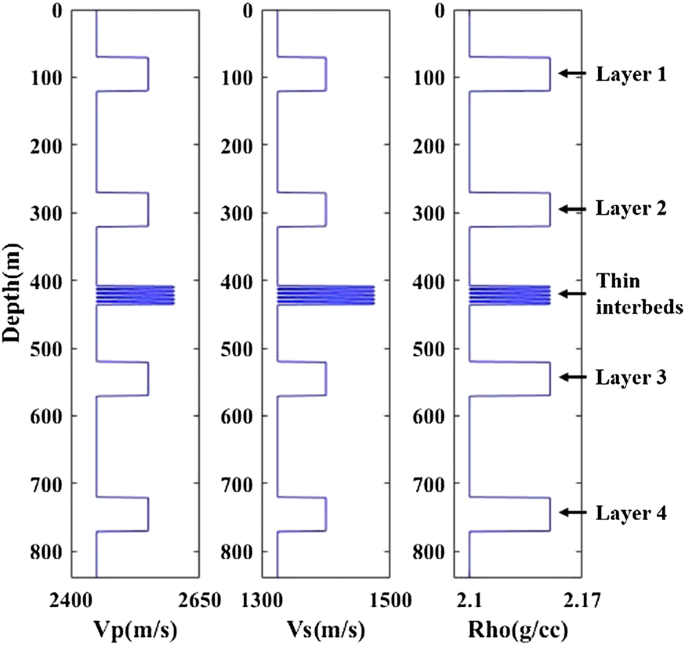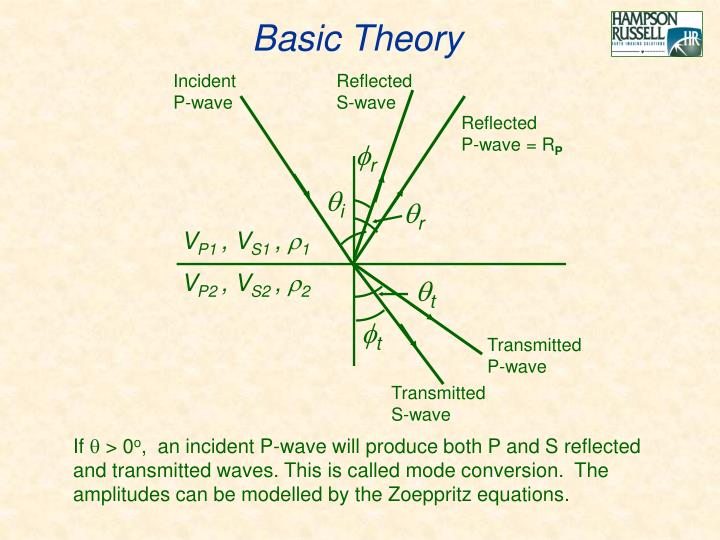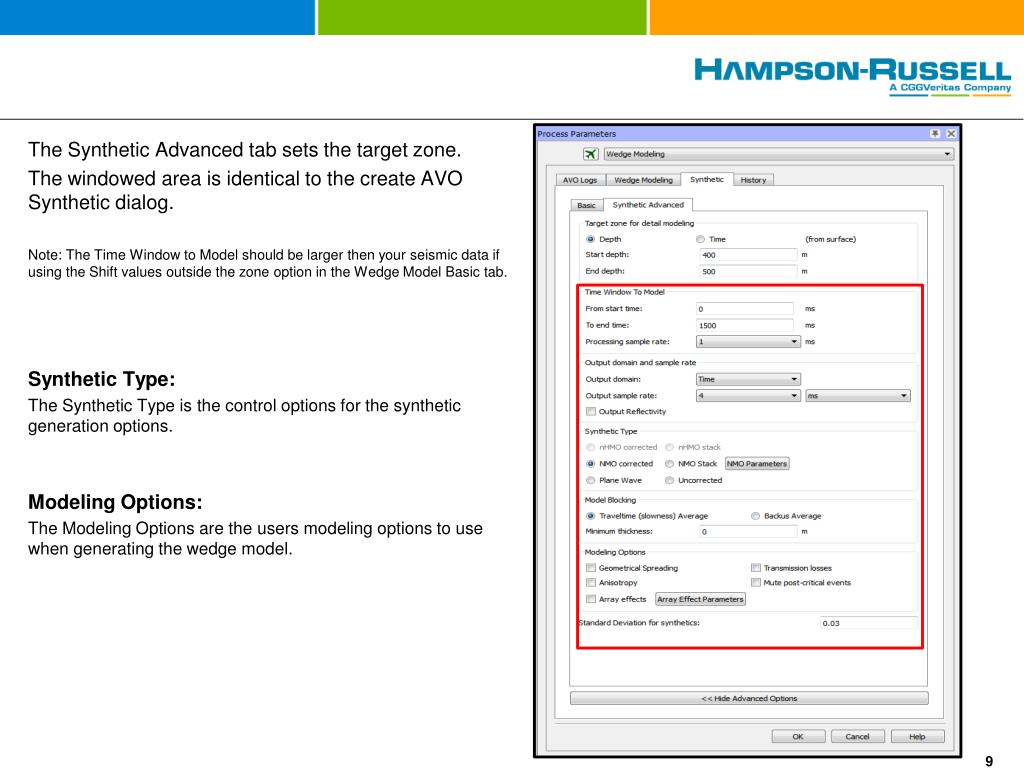


Lead Edge Geophys 66(1):42–46Ĭastagna JP, Han D, Batzle ML (1995) Issues in rock physics and implications for DHI interpretation. Lead Edge Interpret Corner 27:1252–1262Ĭastagna JP (2001) Recent advances in seismic lithologic analysis. Geophysics 57:948–956īox R, Doss E (2008) Typical AVO response as a function of depth and fluid pressure gradient Gulf of Mexico Shelf. 726īatzle M, Wang Z (1992) Seismic properties of pore fluids. These models have shown that any good quality seismic acquired over this prospect would be useful in deriving reservoir properties from seismic (RPFS) for these reservoirs and would be effective in lithologic differentiation or hydrocarbon identification.Īki K, Richards P (1980) Quantitative seismology-theory and methods. Seismic direct hydrocarbon indicator (DHI) and lithologic delineation are better defined in the shallower sand alpha than the deeper sand beta. The reservoirs at this level in Faith Field are either condensate or gas bearing. There is significant overlap between oil and gas plots because the oil was modelled as having a high gas oil ratio (GOR) of 3,586. The gradient-stack plots, Hiltermann’s acoustic impedance (HAI) versus Poisson’s ratio (PR) plots and the AVO models suggest that the hydrocarbon-bearing sands will be distinguishable from sands with 100 % brine saturations. Sand wedge model response shows increasing amplitudes from tops and bases of these sands as a function of thickness with the limits of seismic resolution shown by the tuning thickness. Sand beta (interval 11,700–12,050 ft) exhibited a typical class 2n AVO signature. Seismic wiggle response from top of this sand shows a distinct negative trough on the near angle stack and a much larger trough on the far stack. The results show that sand alpha (interval 10,400–10,650 ft) exhibited a typical class 3 AVO signature. The variations of pertinent rock properties with depth of burial were also investigated. Seismic forward modelling to determine the seismic wiggle signatures of these sands were also conducted. The elastic properties of these fluid substituted sands were estimated using the Gassmann equations and Batzle and Wang.

The entire well was blocked into alternate layers of sand and shale lithotypes the sands were fluid substituted from its initial in situ condition to 100 % brine saturation, and from the brine case, fluid substituted to 100 % oil and 100 % gas saturations. Well A, which identified the major deeper gas bearing reservoir in this field, was used in the modelling to predict what the seismic response would be away from this well at varying thickness and porosity ranges. Amplitude versus offset AVO analysis and forward modelling were used to predict the fluid type and seismic signature in a deep gas reservoir in faith field, Niger Delta.


 0 kommentar(er)
0 kommentar(er)
